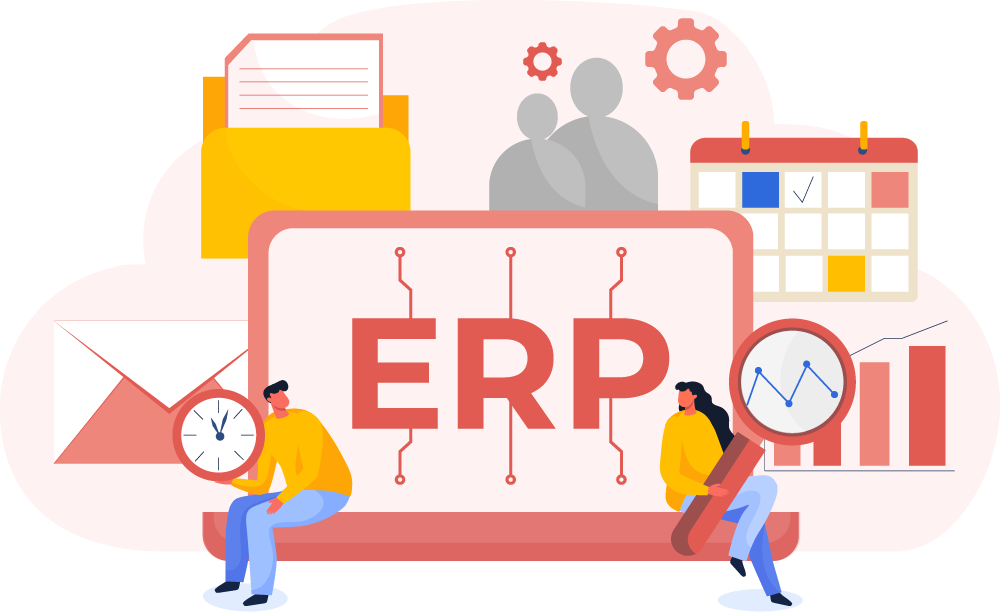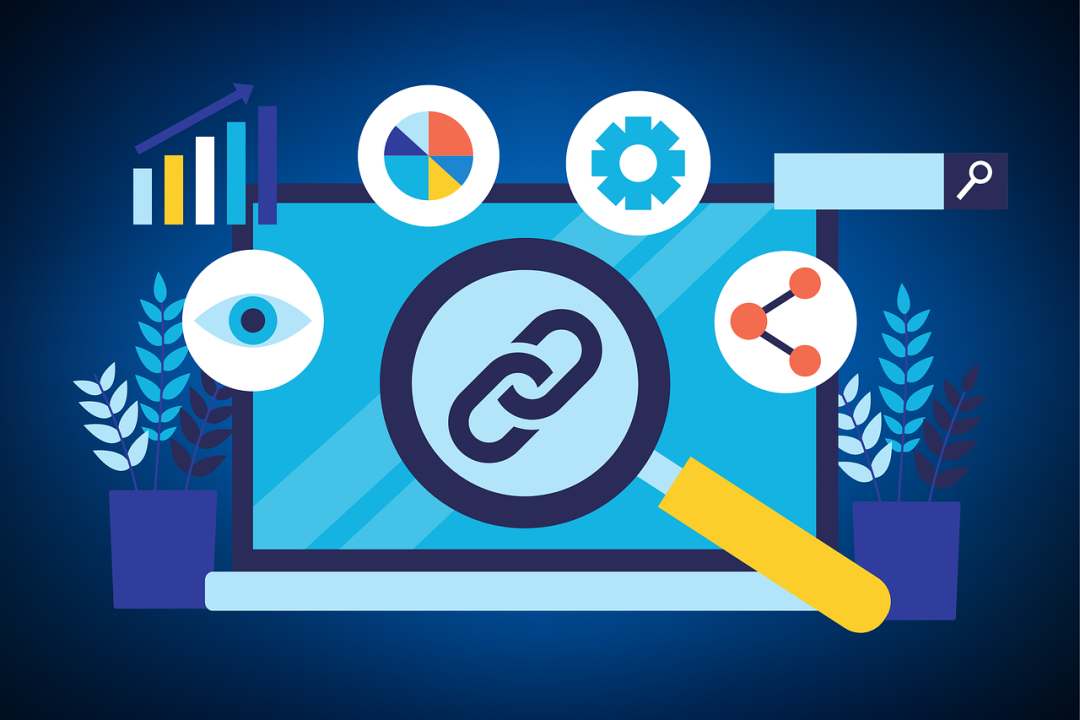Step into the fascinating world of calculators, where ancient counting tools like the abacus have evolved into cutting-edge computing devices. Join us on a journey through time as we explore how calculators have been redefined to meet the demands of modern-day users. From basic arithmetic to complex scientific functions, these innovative gadgets have come a long way. Let’s dive in and discover the exciting evolution of calculators from humble beginnings to advanced technological marvels.
The Evolution of Calculators: From Abacus to Modern Computing Tools
The evolution of calculators dates back thousands of years, with the abacus being one of the earliest tools used for mathematical calculations. This simple device revolutionized computation by allowing users to perform addition, subtraction, multiplication, and division efficiently.
Over time, mechanical calculators like Pascal’s calculator and Leibniz’s stepped reckoner introduced more complex functions and increased accuracy in mathematical tasks. These early innovations paved the way for the development of electronic calculators in the mid-20th century.
The invention of pocket-sized electronic calculators in the 1970s marked a significant milestone in calculator history, making computations portable and accessible to a wider audience. As technology advanced, scientific calculators emerged with specialized functions for trigonometry, statistics, and algebraic equations.
Innovative Features and Functions in Modern Calculators
Modern calculators have come a long way from their humble beginnings. With advancements in technology, these tools are now equipped with innovative features that make complex calculations a breeze.
One of the standout functions of Book Spine Calculator is their ability to handle multiple mathematical operations simultaneously, saving time and improving efficiency.
Furthermore, many calculators now offer programmable capabilities, allowing users to customize functions based on their specific needs. This level of personalization adds a new dimension to the user experience.
Graphing capabilities have also become standard in modern calculators, empowering users to visualize data and equations in real-time. This feature is particularly beneficial for students studying mathematics or professionals working with complex numerical data.
Future of Calculators: Artificial Intelligence and Machine Learning Integration
Imagine a world where calculators are not just tools for basic arithmetic but intelligent companions in problem-solving. With the integration of Artificial Intelligence (AI) and Machine Learning, future calculators will revolutionize how we approach complex calculations. These advanced technologies will enable calculators to adapt and learn from user interactions, providing personalized solutions.
AI-powered calculators will have the ability to analyze patterns, predict outcomes, and even offer real-time suggestions based on historical data. This level of intelligence can significantly enhance decision-making processes across various industries, from finance to engineering. Additionally, machine learning algorithms will continuously improve calculator performance by refining their algorithms through experience.
The future of calculators lies in harnessing the power of AI and machine learning to create smarter, more efficient computing tools that go beyond traditional number crunching capabilities. As technology continues to advance rapidly, we can expect to see a new era of calculators that seamlessly integrate with our daily tasks and empower us with enhanced problem-solving abilities.



